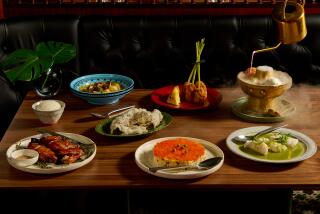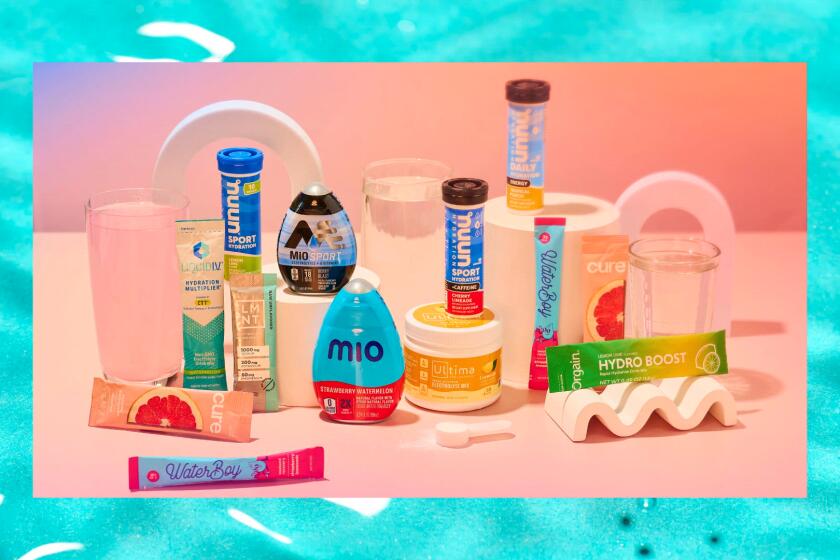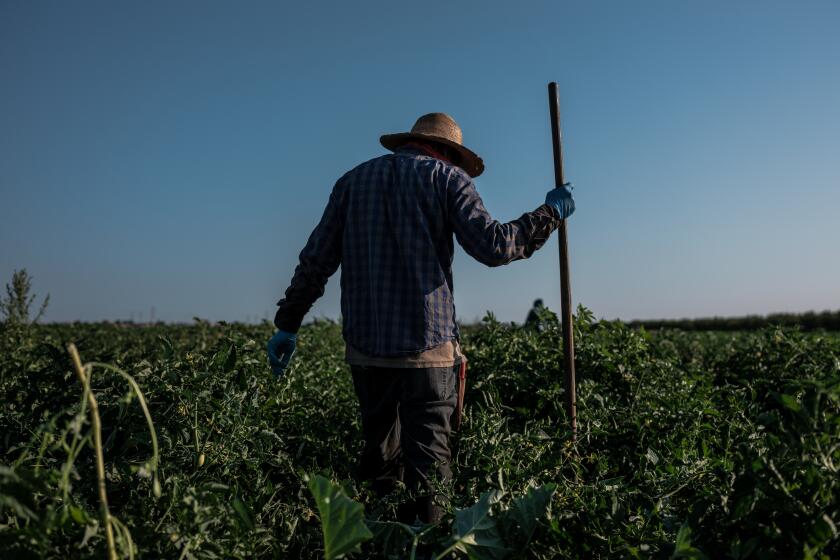Cinnamon Is on a Roll in the U.S.
Sue Walter doesn’t have time to bake much any more. But she does have time to wait in a line of hungry shoppers backed up out of the White Marsh Cinnabon store for half a dozen, fresh-baked cinnamon rolls.
While she bided her time in the sugary, spicy-smelling shop recently, Walter, who lives in the Towson area of Baltimore, said that when she does cook, she uses cinnamon more than ever before.
“I love the flavor of cinnamon. I put it in my hot chocolate. I even sprinkle cinnamon and nutmeg on my fried chicken.”
Because of millions of consumers like Walter, spice companies say the demand for cinnamon is skyrocketing.
According to Maryland-based McCormick & Co., America’s top spice supplier, Americans’ annual demand for the flavoring made from the bark of an Asian tree has jumped from 4,000 metric tons in 1975 to nearly 10,500 tons last year.
And prices have followed the demand. Wholesale prices for Indonesian cinnamon bark, which makes up 90% of the cinnamon used in the United States, have nearly doubled in the last year, from 80 cents a pound to $1.50, mostly because of restrictions set by the Indonesian government, said McCormick spice buyer Hank Kaestner.
On the retail market, supermarkets are now pricing two-ounce plastic bottles of ground cinnamon at $2.09, or more than $25 a pound.
Despite the price increases, spice experts say the cinnamon boom will continue. Owners of cinnamon bun shops say the cinnamon roll craze is just beginning.
Hank Jergensen, who owns seven Cinnabon outlets in suburban malls throughout Maryland and five in Virginia, said he plans to continue adding two to four stores a year throughout the region and has doubled his stores’ product lines by offering half-sized rolls as an alternative to the standard five-inch-wide, squarish spiral.
The Seattle-based Cinnabon franchise is experimenting with pecan rolls and cinnamon breads in an effort to keep customers from getting bored with their offerings, he said.
“Everything we are trying has cinnamon in it,” he said.
Jergensen said he believes the smell of baking cinnamon may be a key to his success.
“When you smell the cinnamon, it is irresistible,” he said.
Austin Jacobus, a spice marketer for the Baltimore Spice Co., said he’s seen cinnamon demand rise about 10% a year since 1984 and expects the boom to continue.
Besides the cinnamon bun craze, Jacobus said his company, which supplies 13% of the nation’s cinnamon, is pinning its hopes on the growth of oat and oat bran products.
“Oats are relatively bland, and cinnamon is a natural flavor enhancer of oats,” he said.
And the continuing demand for breakfast cereal will also keep cinnamon sales rising, Jacobus predicted.
In fact, Jacobus said, the less time people have, the better cinnamon sales will probably do.
Consumers such as Walter have been cutting back on their purchases of bottled and boxed spices from supermarkets, but their consumption of spices overall continues to rise the more they eat out and buy convenience foods, Jacobus said.
Restaurants and bakers use “spices to attract people to their products, by making something special,” he explained.
And cinnamon will continue to be one of the top-selling flavors, he said. “We even have a gum that tastes like cinnamon.”
More to Read
Eat your way across L.A.
Get our weekly Tasting Notes newsletter for reviews, news and more.
You may occasionally receive promotional content from the Los Angeles Times.






